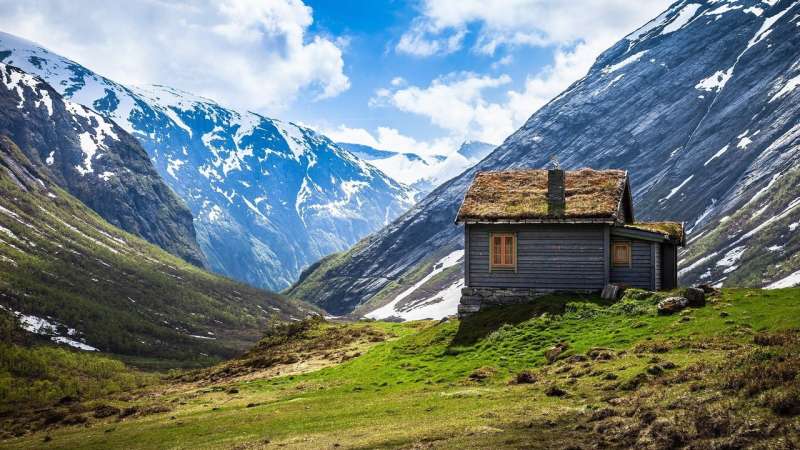Citizens prefer landscapes that combine nature with built infrastructure

Citizens prefer to enjoy natural landscapes that combine nature with built infrastructure, and that are close and accessible. This is apparent from the results of a pioneering study developed by researchers from the Institute of Science and Environmental Technology of the Universitat Autònoma de Barcelona (ICTA-UAB) in which, for the first time, the preferences of the citizens of Barcelona have been analysed with regard to landscape aesthetics on the basis of photographs shared on social media.
Land-use policies and landscape planning developed by public institutions are increasingly taking into account ecosystem services—that is, the benefits that nature brings to society and that improve health, economy and people's quality of life. In this context, the non-material and subjective benefits that the aesthetic landscape brings well-being are increasingly important.
The research into this issue has deepened from a novel analysis of the photos of landscapes that citizens take and share on social media. The study is based on more than 130,000 photographs taken by more than 4,000 users in the province of Barcelona and shared through the Flickr platform.
The results show that, contrary to general belief, the presence of man-made infrastructure in green environments does not seem to negatively affect the aesthetic consideration that citizens have of the landscape. In fact, 57 percent of the photographs analysed presented "grey" infrastructure such as buildings, roads, bridges, railway lines or viewpoints, and the authors of the images sought the contrast between nature and buildings. Specifically, buildings appear in 41.4 percent of the photos, while forest and sea elements appeared in 28.8 percent and 28.6 percent of the photographs respectively.
"The study shows us that landscape aesthetics seem less dependent on 'pristine nature' than experts and planners assume, while the complex integration of green and grey landscape features plays a critical role," explains Johannes Langemeyer, who c-authored the study with Fulvia Calcagni and Francesc Baró.
Most of the preferred environments (more aesthetic) were coastal, urban and forest regions near the most populated areas, therefore in the urban and periurban areas of Barcelona. In particular, most of the photographs were taken in enclaves such as the Parc de Collserola and Montjuïc, in the periurban areas of Barcelona, as well as in the coastal areas. On the contrary, other inland agro-forestry landscapes, plain- agrarian zones and urban landscapes (with the exception of Barcelona) registered a lower aesthetic preference. Despite the distance from Barcelona, Montserrat was another favourite place. This is due to its tourist attraction and good access by public transport. Proximity and good accessibility by road and public transport are critical aspects when choosing a landscape to enjoy.
The researchers highlight the importance of urban and periurban spaces as key providers of landscape aesthetics, and stress the need for public institutions to take them into account in land use and landscape planning.
More information: Johannes Langemeyer et al. Mapping the intangible: Using geolocated social media data to examine landscape aesthetics, Land Use Policy (2018). DOI: 10.1016/j.landusepol.2018.05.049
Maxime Lenormand et al. Multiscale socio-ecological networks in the age of information, PLOS ONE (2018). DOI: 10.1371/journal.pone.0206672
Journal information: PLoS ONE
Provided by Autonomous University of Barcelona















